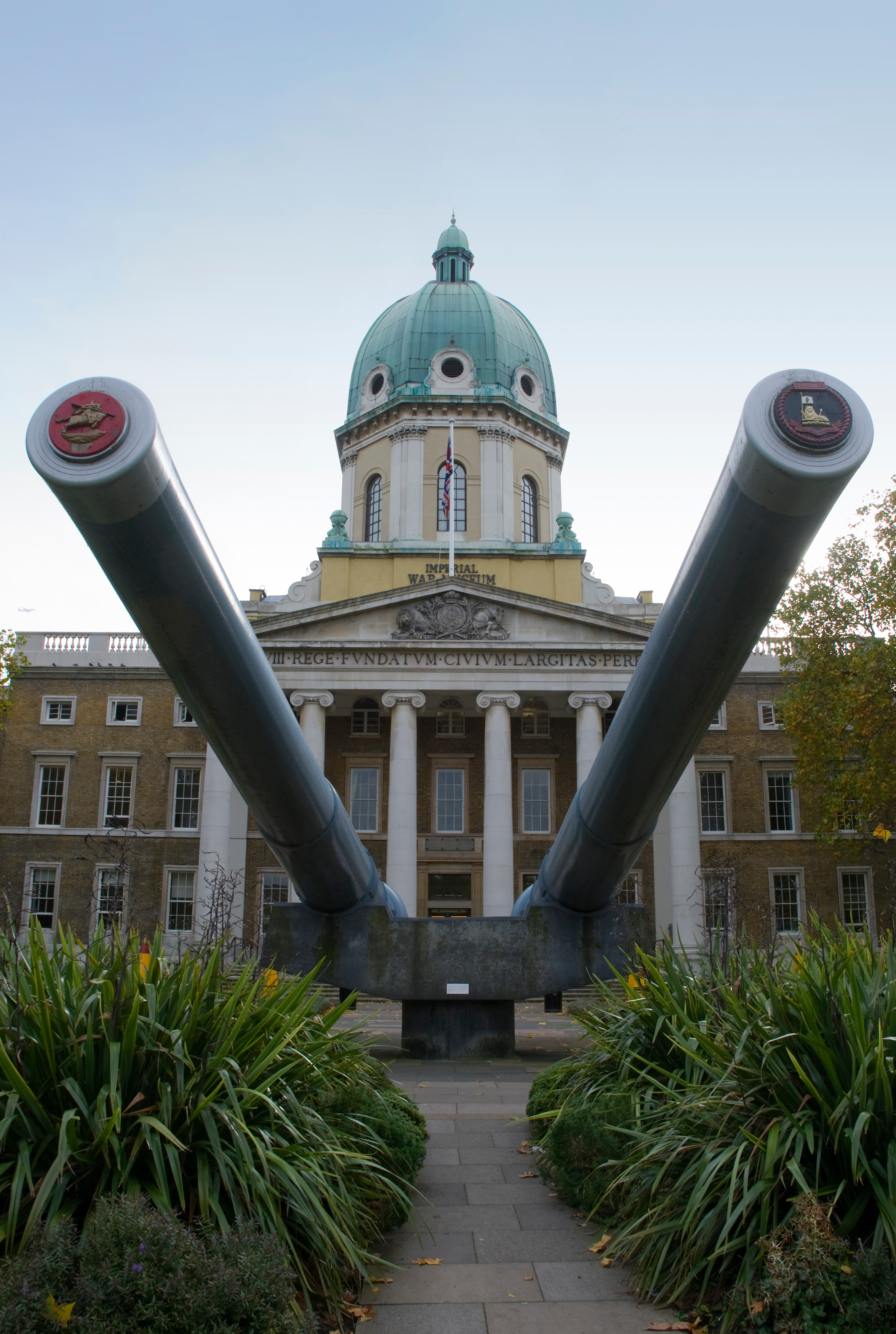By Eve Ward and Iris Campbell

On Tuesday the 10th of October, the Year 11 History students travelled to the Imperial War Museum on a trip, studying the Holocaust within the Germany Depth Study. This included an in-depth look around the fairly new Holocaust exhibition, and some time to ourselves at the end to discover more of what the museum had to offer. In this article, we will be informing you of our opinions of the exhibition, and which parts we found most interesting.
The Holocaust gallery opens with a room that shows what life was like for a Jew before the war, and the Nazi occupation of Eastern Europe. The effect, for us, was extremely powerful and moving, as you feel a deep sense of sorrow for the people whose perfectly normal lives were soon to be shattered. The Guardian wrote ‘the instant you connect with this child from Germany or that man from Poland, feeling their loss, you are reminded that they were only drops in an ocean of blood.’ This could not be more true; the immense emotion carried within each room is strengthened as you continue to move throughout.
The following rooms contained artefacts and pieces of clothing that managed to be salvaged from the victims at various camps. One piece of clothing that moved us in particular was the red jumper belonging to Anita. Throughout the whole exhibit, we were able to follow Anita’s story, as it started pre-wartime. Anita managed to survive through her skills at cello playing, which earned her specific privileges. This included extra bread, which she in turn traded for a sweater. This undoubtedly was one of the only reasons that Anita was able to survive the freezing conditions at the camp. There are images of the sweater and Anita pre-war with her sisters below. Being able to follow the story of real people and watch as their way of life deteriorated emphasised the humanity that was lost throughout 1939-1945, and even beforehand as anti-Semitic laws were put in place in Nazi Germany.
The final room, and in some ways the most moving room, contained a film displaying graphic and horrifying content showing what went on in the concentration camps. For many, including ourselves, this was a particularly engrossing moment. In addition to the film, you could pick up a receiver where there was a British reporter of the time talking about what he saw in the camps when he went to record. He mentioned how everyone there looked like walking skeletons, how there were dead bodies on the side of the road, as well as recently deceased infants. This part of the museum caused such a big impact for everyone, and for many provoked many emotions. The real footage contained within the exhibition was astounding, and really displayed the true horrific events. As well as this, there was information on the lives of victims of the Holocaust after the events had ended: What happened to them? Where did they go? Were they able to recover, reunite with their families? These vital questions are often not considered when discussing the Holocaust: not all people’s suffering ended alongside the end of the war.
We thoroughly enjoyed our trip to the museum, and do not only recommend it to anybody studying History for GCSE, but for everyone to go and see. The exhibition is such a unique and important experience that we feel is crucial for everyone to learn about. It is so incredibly important for all people to be knowledgeable about such key events in history and their constant relevance within society today. We cannot be more thankful to have been given this opportunity by the history teachers here, and simply cannot emphasise the importance of visiting this exhibition enough.